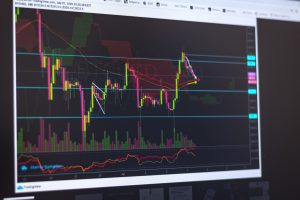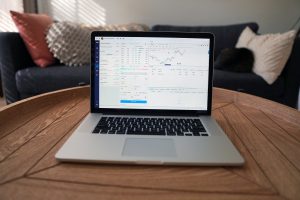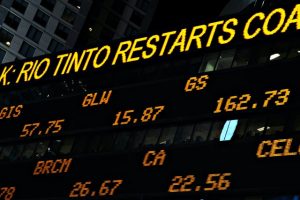Spread is arguably the most critical factor when it comes to trading foreign exchange, or forex. The spread represents the difference between the price of a currency pair and its corresponding deposit rate for a set period. Trading foreign exchange is essentially no different from any other financial market in that there are both sellers and buyers who interact with one another until equilibrium is reached. In addition to market forces, however, banks also typically contribute by charging spreads as hidden costs that investors must pay for using their services.
For those who place orders and do not trade online directly through dedicated platforms but rather via bank branches, spreads will be charged whether banks inform about them or not. While it is true that, for example, higher spreads may be compensated by lower fees to attract more clients, there are also cases when both are charged simultaneously without any necessary logical explanation.
The importance of spreads is generally much greater when trading forex online compared to other financial instruments. The reason for this is quite simple: while the difference between the bid and ask prices in shares rarely exceeds 0.5%, spreads on major currency pairs can reach 2% or even more in some cases. You should note that these unusually high spreads are typical only for retail traders who trade spot forex through bank branches rather than via dedicated platforms designed specifically for either experienced professionals or novice traders looking to learn the ropes before moving on to something more advanced.
Today, banks charge spreads on major currency pairs while making their contribution. There are also cases when both are charged simultaneously without any necessary logical explanation.
Major currencies
All the world’s leading currencies make up 90% of financial turnover. The most important among these are EUR/USD, GBP/USD, USD/JPY, and USD/CHF. Major currencies can be traded against one another or combined with minor or exotic currencies to form par rates denominated in major currency units such as great forex pairs (EUR GBP, GBP JPY, etc.). Traders should note that spreads on major currency pairs tend to move more slowly and range between 0 and 10 pips regardless of market volatility; conversely, minor and exotic currency pairs tend to fluctuate much more wildly, thus presenting potentially lucrative opportunities also serious risks.
Other currencies
These include currencies of small countries with no leading role in the world economy or large countries that are not among the major ones. Trading of these is usually quite risky; there are cases when an individual trader can profit from it, but this happens very rarely and only when risk management procedures have been carefully considered beforehand. In other words, when trading such currencies, traders should remember that their potential losses always outweigh their potential profits by several orders of magnitude.
Profit-loss ratio
A statistical ratio is used in financial markets to measure performance over a set period (for example, one year). Profit-loss ratios typically present figures between 0.01 and 1.00, the first representing a 1% loss over the period in question, while the second represents a 100% gain. There are many ratios calculated for all sorts of financial instruments, which vary according to their nature (shares, bonds, etc.) and other parameters, including periods, currencies traded, etc.
Spread
The difference between the price at which traders are willing to buy and sell a specific foreign exchange rate for a particular amount of money on any given trading day
Exotic currency
A term refers to less frequently traded currencies that do not form part of major or minor forex pairs and therefore come with higher risk and broader spreads than those associated with significant currencies only. You can trade exotic currencies individually, but such trades can be risky and challenging to manage, particularly for novice traders.
Exchange rate
It refers to the price of one currency in terms of another, also known as forex rate or exchange. There are several kinds: spot (currently traded), forward (traded at a specific date in the future), and future (traded at a specific date shortly). Exchange rates can be determined by supply and demand, while market manipulation is also standard on some exchanges.
Forex crash
A sharp drop in prices followed by an equally abrupt increase marks the end of a downward trend that has been active for some time, which usually lasts only minutes or even seconds before the subsequent reversal begins, often associated with low volumes. Forex crashes can be pretty profitable for well-informed traders if they can correctly predict the direction of the currency pair involved, as prices may fall as much as tenfold before a new upward trend begins.






More Stories
What are cryptocurrency exchange-traded funds?
Demo Account and The Choice of a Forex Broker
How to make money with forex trading?